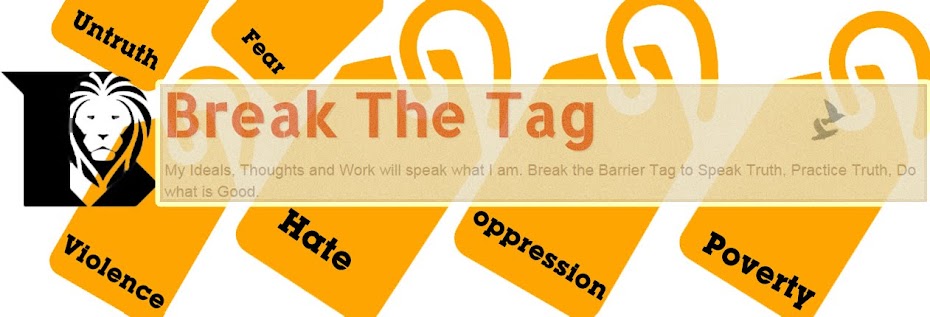I’m neither a great economist like Dr Manmohan Singh, Ex-Prime Minister of India who can predict accurate figures on Economic Crisis nor a panel expert in live newsrooms who are full of biased and half-knowledge of the economic situation. I belong to a state where except 100 odd law makers, mining owners, industrialists, and High-rank officers all are lower middle class or poor. I usually travel extensively through rural Odisha and some part of eastern India. From my first hand experience of the economic situation I can say that the present Economic situation in India is like on the horns of dilemma.
Prime Minister Narendra Modi had Visualised a “New India”, in other words to make some of the Indian cities as “showcase” of development. He knew the situation of urban-centric development, as in 2011 among 100 fastest growing cities of the world India has 25. He also well calculated the strength and their aspirations of the youth population of India, which stood almost 50% of the total 132 crore populations. Another important aspect of the youth population is the percentage of married women in younger age groups (15-19) has declined drastically from 70% (1961) to only 20% (2011). Student enrolment in higher education if highest which is almost 80%. With these demographic figures this decade has seen a major shift of people’s expectation and political orientation.
Since the days of major economic reforms in 1990s, the Indian economy gradually started competing with world’s other nearly developed countries especially Brazil, South Africa, China. The per capita income also increased from 1130 US dollar in 2006 to 1646 US dollar in 2014. The economy of India at 2014 was almost strong and vibrant. Pockets of people were deep enough to invest in more education, Health, housing. The labour statistics also shifted from agriculture to infrastructure & mining. The internal migration from Rural India to Urban areas is also increased manifold during the decade. In 2001 census the total internal migration stands at around 31 crore, whereas in 2011 it is 43.36 crore. According to the recent Economic Survey of India-2016-17, the growth of migration for economic reasons is 4.5% annually (!)
The UPA government total spending on social welfare schemes stood 1.7% of the total GDP. The BJP led NDA government in the last fiscal (2016-17) increased the spending but the overall percentage remained almost at the previous figure. Worsening the situation further Narendra Modi Government squeezed the diversification of social welfare schemes.
Initially, the Narendra Modi’s development model seems to be correct when it was at planning level but latter, at implementation stage it developed many technical glitches. The major cause of these problems is the immaturity to the changing economic scenarios. For example, according to the Asian Development Bank estimation for 2014-15 the Extreme Poverty percentage of India stood at 21.9% , which means around 30 crore people are living under this category. But according to the World Poverty Clock real time data (on 9.45pm, 21/09/2017) the total poverty population in India stood at 14.1% of the total world population which is whooping 91 crore people are below extreme poverty line (per day income below 1.9 US Dollar). In such situation, Modi Government started a direct money transfer scheme under Ambitious Pradhan Mantri Ujjwala Yojana (PMUY) with free LPG connection to 5 crore families below poverty line. There are many instances where as a rural poor sold its LPG cylinder to another affluent person or many subscribing these benefits on their names. These instances are further increased after the fall of employment due to Demonetization. The poor families used this benefit as a source of income.
Similarly in the Smart City Mission the rate of Rural to Urban migration, the percentage of migration for economic reason not taken in to account. For example, according to an NGO working for slum areas in Odisha, within last three years the slum population of Bhubaneswar increased, 6-7 new unauthorised slums established having population more than 7 thousand. Government is striving between their resettlement and implementation of Smart City. In the September, 2017 monsoon session Odisha assembly passed the slum dwellers act which guarantees 160 square feet land for the construction of house. This act further made the vision of smart city messy.
After criticisms from many quarters for growing unemployment, weakening GDP, Growing fiscal deficits, fattening the NPA of Banks, GST impinged inflation on 20 September, 2017 an expert committing meeting was chaired by Finance Minister Arun Jaitley, where it was decided that Government soon to revive the investment plans to counter the ongoing economic crisis. The present economic crisis being felt at Macro level, the shifting of investment plans might create a ruckus in FDI investments. The investors will be more skeptical towards the government. This situation might create more ripples than pacifying the situation. His stress for the Universal basic income scheme indicates the decreasing funding of public welfare schemes and increase schemes for Job creation. This is quite difficult to manage. If Government is mulling for more shifting of tax slabs and structures the manufacturing market will be put under threat, which is already under pressure. Last though not the least concern, whether the new shift of investment can fulfill the aspirations and dreams of the young generation which were largely hyped by Narendra Modi during his 2014 election campaign.



No comments:
Post a Comment